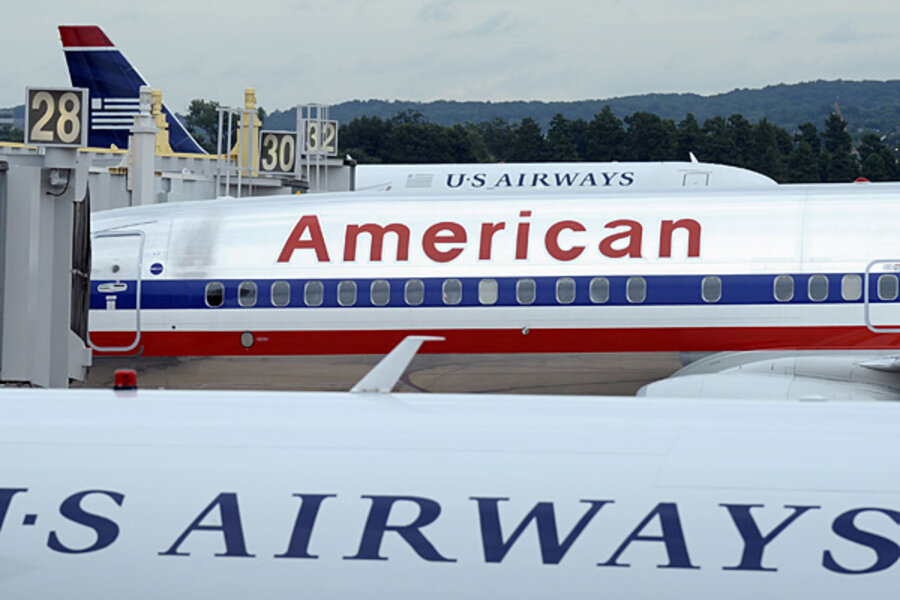What: First major American air carrier to implement LGBT anti-discrimination policies
In the early 1990s, news of the HIV/AIDS outbreak in gay communities had hit mainstream, but there was still little understanding of the disease. After an incident that showed some American Airlines employees had acted less than hospitable to LGBT guests, the airline took a step to reform its company culture by implementing a workplace sexual orientation nondiscrimination policy.
As with other progressive moves by private sector companies, this business decision created a more accepting environment for American Airlines employees as well as customers.
“While the appeal from a corporate standpoint was to generate greater loyalty among wealthier LGBT frequent fliers, the impact was considerable on American’s employees as well,” writes Phil Tiemeyer in “Plane Queer: Labor, Sexuality, and AIDS in the History of Male Flight Attendants”. “These workers, over time, found greater acceptance and sensitivity shown toward those living with HIV/AIDs and greater parity for same-sex domestic partnerships.”
American continued to make its policies more inclusive. It was the first major airline to have a LGBT employee resource group, called GLEAM, in 1994. In 1999, American Airlines began offering domestic partner benefits, and several other airlines followed suit within the year, including United Airlines, Continental Airlines, and US Airways. In 2001 it added a workplace gender identity nondiscrimination policy.







